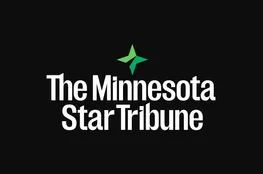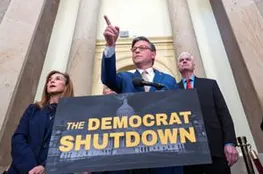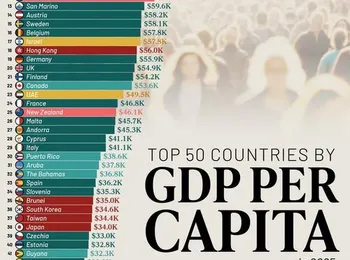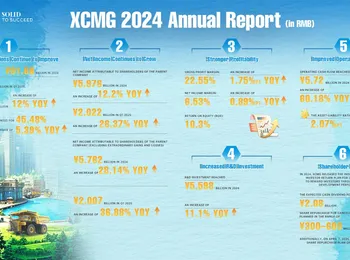The Trump administration is proposing a new initiative aimed at boosting the financial futures of American children through a pilot program called "Trump Accounts." These accounts, initially known as "money account for growth and advancement" or "MAGA" savings accounts, would provide newborns with a $1,000 investment starting point. The program intends to kickstart wealth creation for American children, and the accounts would be managed by banks or investment firms, operating much like traditional investment accounts. Here’s a breakdown of the key details surrounding these proposed "Trump Accounts" for newborns.
What are they called? House Republicans have amended President Trump’s domestic policy bill to rename the accounts "Trump Accounts," shifting away from the original "Maga" acronym. This change reflects the president’s name and is intended to align the program with his legacy.
Who would get one? Every child born in the U.S. between January 1, 2025, and January 1, 2029, with a Social Security number, and whose parents have Social Security numbers, would be automatically enrolled in the program. The U.S. Treasury would be responsible for setting up and funding the accounts. The automatic enrollment system is a key component of the pilot program, recognizing that some adults may not be familiar with investment vehicles. Madeline Brown, senior policy associate at the Urban Institute, highlights this point, stating, "Automatic enrollment is fundamental to improving the likelihood that it reaches the lowest-income families." This approach is designed to ensure that the program reaches those who could benefit most.
What would be in a "Trump account”? The government would contribute $1,000 to each eligible child’s account, which would be invested in the stock market on their behalf. Families and third parties could also contribute up to $5,000 per year to a child’s account, offering an opportunity for additional savings and investment growth. Sam Tausbe, investment expert at personal finance site Nerdwallet, notes that while the proposed "Trump accounts" share similarities with existing state programs – such as Colorado’s First Step program, which awards newborns $100 in a 529 college savings account plus a match of $500 a year for the first five years – the contribution amounts are less generous. Colorado’s program offers a total of up to $2,500 in gift contributions. The goal is to provide a solid foundation for long-term financial growth.
What could the money be spent on? Account holders would be restricted to using the funds for approved expenses, such as a down payment on a home, education-related costs, or starting a small business. This controlled spending is intended to ensure the funds are used strategically. However, broadening the scope of approved expenditures would be beneficial for many families, as noted by Brown. "When it comes to wealth building, we have to make sure the target sums that kids end up with at 18 are in line with the things we’re saying you can use the money for," she explained. Recognizing that lower-income families may struggle to contribute the additional $5,000 per year, it’s important to consider the potential impact on the account’s growth. Brown points out that projections for growth with $1,000 alone, considering varying interest rates, may not be sufficient for a down payment. "So unless additional contributions come from the community, the federal government or state governments, we’re not likely to see these accounts grow to the sums that we’re saying are qualified uses," she said.
When could the funds be withdrawn? Half of the funds could be withdrawn when a child turns 18, at which point the account’s gains would be taxed at the long-term capital gains tax rate, assuming the money is spent as directed. If the funds were used for other purposes, withdrawals would be taxed as income. A 10% penalty could also apply for misspending the money. Account holders would have access to their full balances between the ages of 25-30 for approved purposes, and after 30, they would be able to withdraw the funds for any purpose. Brown believes improvements could be made to the program’s structure, particularly around account withdrawals and taxation. She emphasizes that lower-income families are most likely to withdraw funds for non-qualified expenses, potentially leading to tax penalties. Most Americans can’t afford a $1,000 emergency expense, according to a January report from Bankrate, making low-earners more likely to need to tap into the funds for surprise costs. "They are the most likely to have to withdraw dollars for nonqualified expenses, and in doing so, they [would] receive a tax penalty. So there are ways to exempt emergency expenses, and that would be a fix,” Brown said. Otherwise, she noted, the upsides to the accounts are limited. "There are other places you can save money where you won’t have that tax penalty if you withdraw the funds early,” she added. Tausbe of Nerdwallet noted that the proposed accounts’ tax benefits are also questionable. "Although they are advertised as tax-advantaged accounts, the way they work does not seem to be that different from how a taxable brokerage account would work,” he told CBS MoneyWatch. That said, "given the state of saving for children’s future expenses in this country, the accounts do seem like they could help at least somewhat,” Tausbe said.
























